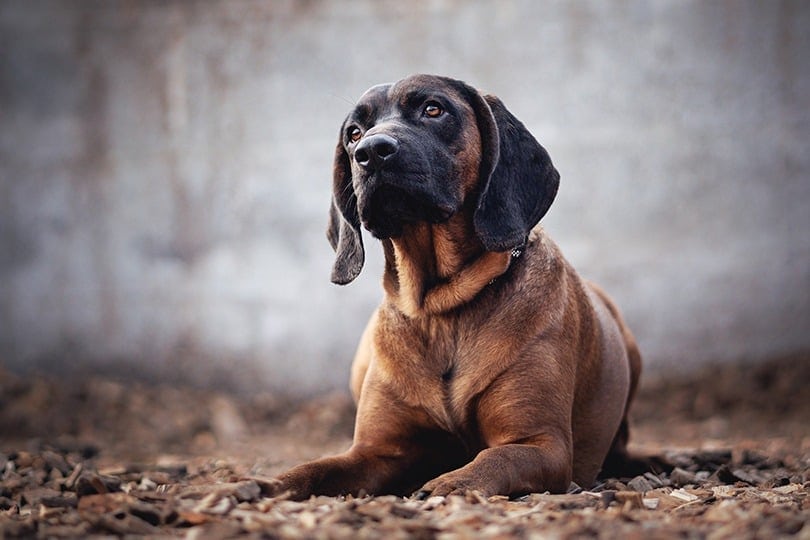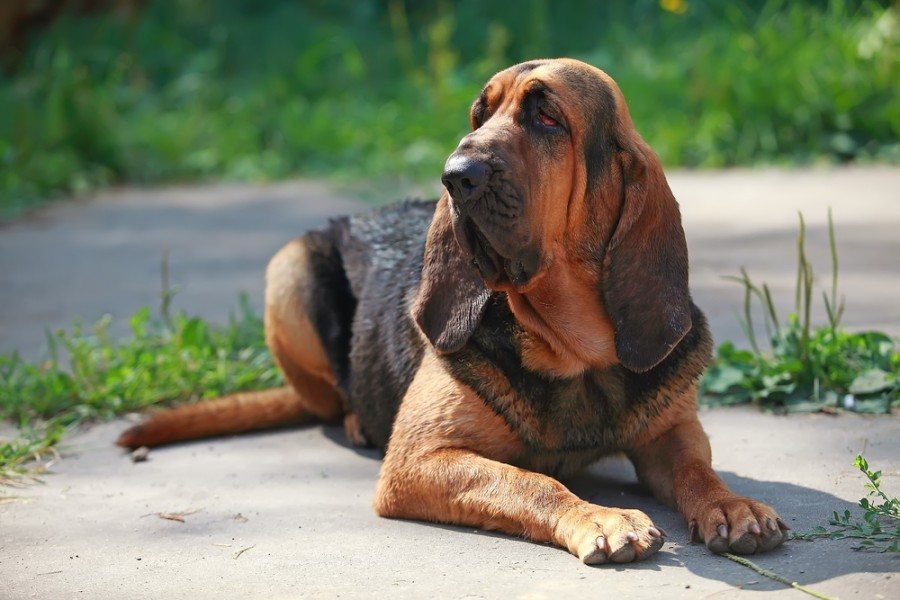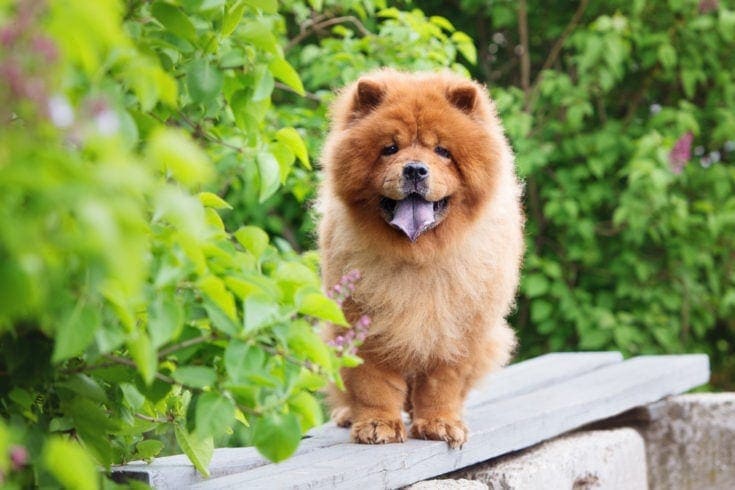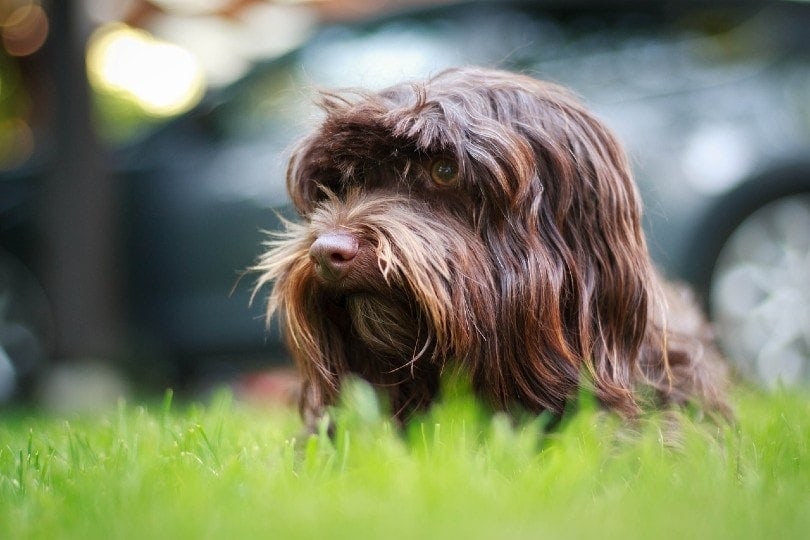How Much Do Bloodhounds Shed? Grooming Tips, Coat & Shedding Habits
By Grant Piper
Updated on

Bloodhounds are popular dogs that are used by hunters, law enforcement, and as beloved pets. They are known for their powerful noses and their floppy ears. They are not often known for shedding. In fact, Bloodhounds have short coats, which usually means little shedding and little grooming. That is a misconception about Bloodhounds that most owners don’t learn until later. Bloodhounds shed quite a bit. They shed heavily twice per year and require regular bathing and grooming to keep them clean and healthy.
Bloodhound Coat
Bloodhounds have a short coat, but it is a very dense coat. The coat can be coarse and often feels hard to the touch. Bloodhounds can have coats in various different colors, including black and tan, liver and tan, and red. These characteristics make people think that these dogs do not need regular grooming, but that is not the case. Bloodhounds shed consistently throughout the year and shed a lot during shedding season, which often occurs over 6 months. Bloodhounds will drop small amounts of dead hair periodically, but this can be mitigated with regular grooming.
Bloodhound Shedding Schedule
Bloodhounds shed out most of their coats twice per year. They usually shed once at the end of spring as they start prepping for their summer coat. Bloodhounds will also shed at the end of autumn as they start prepping for their winter coat. During these times, your Bloodhound will shed a lot of fur and will likely require additional grooming. The good news is that these shedding cycles are usually consistent, so you can plan for them.
After the summer, Bloodhounds start shedding out their short, light summer coat in preparation for growing in their denser winter coat that helps them keep warm. After the winter is over, Bloodhounds will start shedding their thicker, warmer coats in preparation for summer. The thick coat will shed out and grow back thinner. The spring shedding is usually more intense than the autumn shedding since there is more fur to shed out after winter.

Bloodhound Grooming Tips
The American Kennel Club suggests brushing your dog weekly with a medium-bristle brush or a rubber grooming mitt. Weekly brushing will help remove dead fur and skin before it can fall off and land on your floor or your furniture. It will also help distribute natural oils from the dog’s skin through the fur, which will keep the coat healthy, shiny, and strong. You can also use a hound glove to groom your Bloodhound. Hill’s Pet lists the Bloodhound’s grooming needs as High, which often comes as a surprise to most people.
Bloodhounds can also benefit from regular baths. Some dogs, like Huskies, are “natural” dogs that need very little grooming. Bloodhounds are not like that. If you do not bathe your Bloodhound once a week or once or every other week, they can develop an odor. Bloodhounds will get stinky from being outside. But they can also develop a natural odor from their skin oils and dander. Bathing will help remove old fur and skin as well as eliminate these unpleasant odors.
Final Thoughts
Despite having a short, coarse coat, Bloodhounds shed quite a bit. For their size and coat type, they shed more than most people expect. If you are not prepared for the grooming needs of an adult Bloodhound, it can come as a nasty surprise to learn how much they shed and how much upkeep they need despite their short coats. Knowing the grooming requirements and shedding schedule will help you prepare for properly caring for your Bloodhound.
Featured Image Credit: LinaS1998, Pixabay












